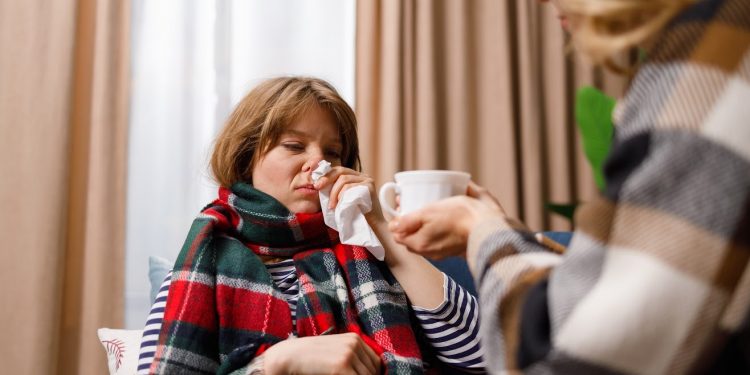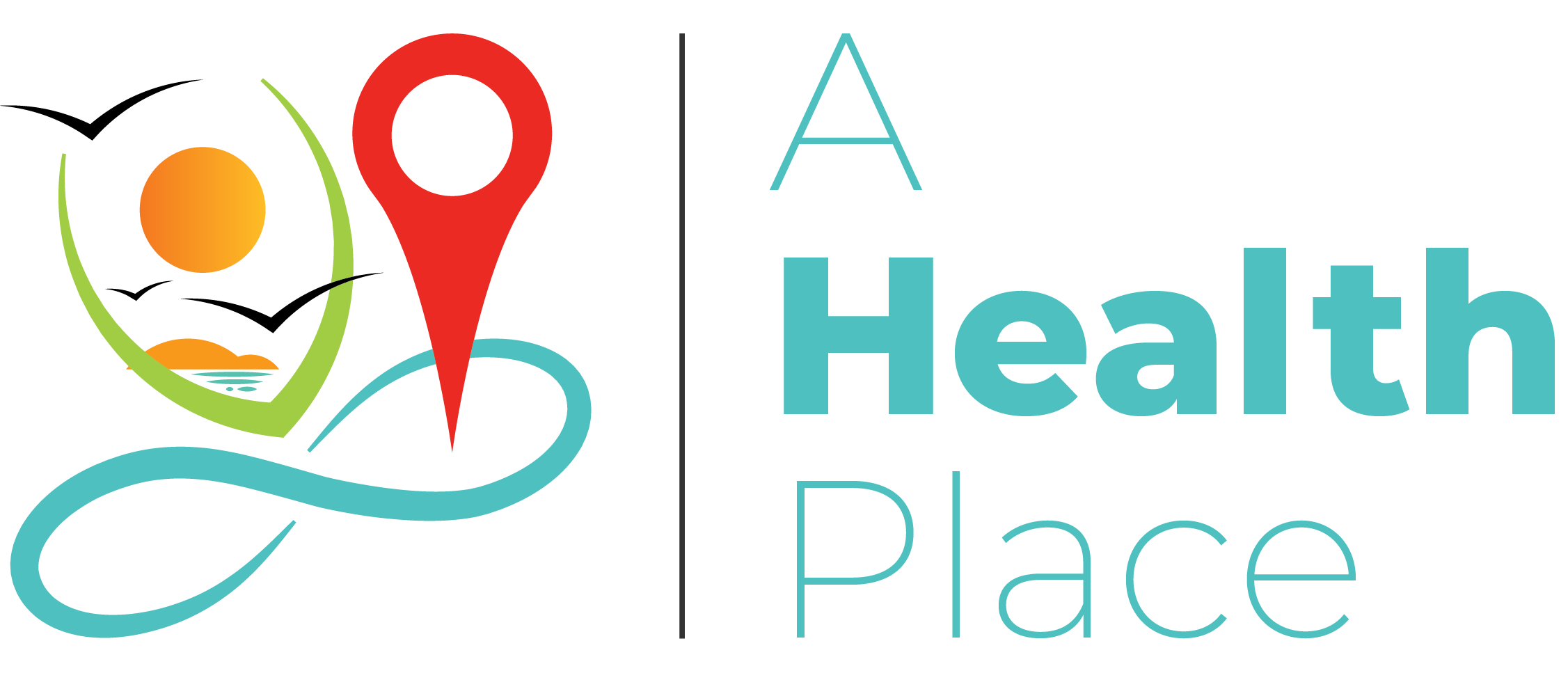Seasonal illnesses pose significant challenges to communities and healthcare systems worldwide. As colder months arrive, the prevalence of respiratory infections, flu, and other weather-related health issues increases. These illnesses impact not only individuals but also workplaces, schools, and healthcare facilities, placing an enormous strain on public health resources. Understanding these illnesses, their causes, and implementing effective public health measures are crucial to minimizing their effects.
What are Seasonal Illnesses?
Seasonal illnesses refer to diseases that occur more frequently during specific times of the year, often due to weather changes, temperature shifts, and human behavior. These illnesses vary in severity but collectively impact millions of individuals each year.
Common Seasonal Illnesses:
- Influenza (Flu): A viral infection that peaks during colder months, causing fever, cough, and fatigue.
- Common Cold: Triggered by viruses like rhinoviruses, it spreads rapidly in winter.
- Seasonal Allergies: Caused by pollen, dust, or mold, often prevalent during spring and fall.
- Respiratory Syncytial Virus (RSV): Affects children and older adults, becoming more common in winter.
- Norovirus: A highly contagious virus causing stomach infections, often seen in colder months.
- Pneumonia and Bronchitis: These illnesses worsen in cold weather, particularly in vulnerable populations..
Factors Contributing to Seasonal Illnesses
Several environmental, physiological, and behavioral factors contribute to the rise of illnesses during specific seasons.
Cold Weather and Indoor Activities
- Spending more time indoors increases close contact, allowing viruses to spread easily.
- Cold air dries out nasal passages, reducing their ability to filter out pathogens.
Weakened Immune Systems
- Reduced sunlight in winter lowers Vitamin D levels, which play a role in immune system strength.
Environmental Changes
- Shifts in humidity, temperature, and air quality during seasonal transitions exacerbate conditions like asthma and allergies.
Behavioral Patterns
- Increased travel and social gatherings during holidays provide opportunities for diseases to spread.
The Impact of Seasonal Illnesses
Seasonal illnesses create ripple effects across individuals, communities, and healthcare systems, underscoring the need for comprehensive strategies to manage them.
On Individuals
- Health Complications: Illnesses can lead to severe conditions, especially for those with pre-existing health issues.
- Economic Burden: Medical expenses and lost income from missed workdays strain personal finances.
On Communities
- Workplace Absenteeism: Increased sick days reduce productivity and disrupt operations.
- School Attendance: Illnesses in children lead to significant educational disruptions.
On Healthcare Systems
- Overburdened Facilities: Hospitals and clinics experience surges in patient numbers during outbreaks.
- Resource Allocation: Increased demand for vaccines, medications, and staff strains public health resources.
For tips on managing health during seasonal illness surges, check out Healthy People.
Public Health Measures to Combat Seasonal Illnesses
Effective public health strategies are essential for managing and preventing the impact of seasonal illnesses.
Vaccination Campaigns
- Flu Vaccines: Annual flu vaccinations reduce the severity and spread of influenza.
- RSV and Pneumonia Vaccines: Targeted vaccinations protect high-risk groups like children and older adults.
Public Awareness Campaigns
Educating people about preventive measures, such as hand hygiene and staying home when sick, helps reduce transmission rates.
Surveillance Systems
Monitoring disease trends enables public health authorities to predict outbreaks and allocate resources efficiently. Systems like the CDC’s FluView track flu activity, offering valuable data for intervention planning.
Improving Air Quality
Encouraging the use of air purifiers and proper ventilation in homes, schools, and workplaces minimizes the spread of airborne pathogens.
Enhanced Sanitation Practices
Regular cleaning and disinfection of commonly touched surfaces in public areas, schools, and healthcare facilities are effective in curbing virus transmission.
Telemedicine Services
Expanding telemedicine access allows individuals to seek medical advice without visiting clinics, reducing the risk of spreading illness.
Community Support Programs
Providing free flu shots, financial assistance for medications, and access to nutritious food supports vulnerable populations and promotes community health.
Special Focus: Combating Flu and Respiratory Illnesses
Flu and respiratory illnesses present some of the greatest challenges during colder months. Public health measures specifically targeting these issues include:
- Flu Vaccination Clinics: Mobile and community-based clinics ensure underserved populations receive vaccines.
- School Vaccination Drives: Protecting children reduces transmission within families.
- Workplace Initiatives: Employers offering flu shots and flexible sick leave policies help minimize illness spread.
Role of Personal Responsibility
While public health measures are essential, individual actions play a critical role in combating seasonal illnesses.
Maintain Hygiene
- Wash hands frequently with soap and water for at least 20 seconds.
- Use hand sanitizers containing at least 60% alcohol when soap is unavailable.
Boost Immunity
- Eat a balanced diet rich in fruits, vegetables, and whole grains.
- Stay active with regular exercise and get adequate sleep.
Wear Masks
- During peak seasons, wearing masks in crowded or high-risk areas can significantly reduce transmission rates.
Stay Home When Sick
- Avoiding public spaces while unwell prevents the spread of illnesses to others.
Innovations in Public Health for Seasonal Illnesses
Modern technology and innovations are transforming how public health systems manage seasonal illnesses.
AI and Big Data
Predictive models powered by AI analyze historical data to forecast outbreaks, allowing for timely interventions.
Mobile Health Apps
Health apps that track symptoms and provide advice help individuals manage their health and seek early treatment.
Wearable Devices
Smartwatches and fitness trackers monitor health parameters, providing early warnings for potential illnesses.
For more insights into innovations in healthcare, explore the World Health Organization (WHO).
Building Resilient Communities
Seasonal illnesses remain a significant challenge, but the combination of robust public health measures, technological innovations, and individual responsibility can mitigate their impact. By working together, communities can reduce the burden of these illnesses on individuals and healthcare systems.
Preparing for Seasonal Challenges:
- Support vaccination campaigns and encourage participation in public health initiatives.
- Stay informed through trusted sources about current illness trends and preventive measures.
- Advocate for policies that promote access to healthcare and resources for vulnerable populations.
Seasonal illnesses highlight the need for a proactive and united response from individuals, communities, and public health systems. By understanding the causes and implementing effective measures, we can reduce their impact and build healthier, more resilient communities.
As the colder months approach, let’s prioritize prevention, embrace innovative solutions, and work together to safeguard public health. With collective effort, we can minimize the effects of seasonal illnesses and ensure a healthier future for all.








